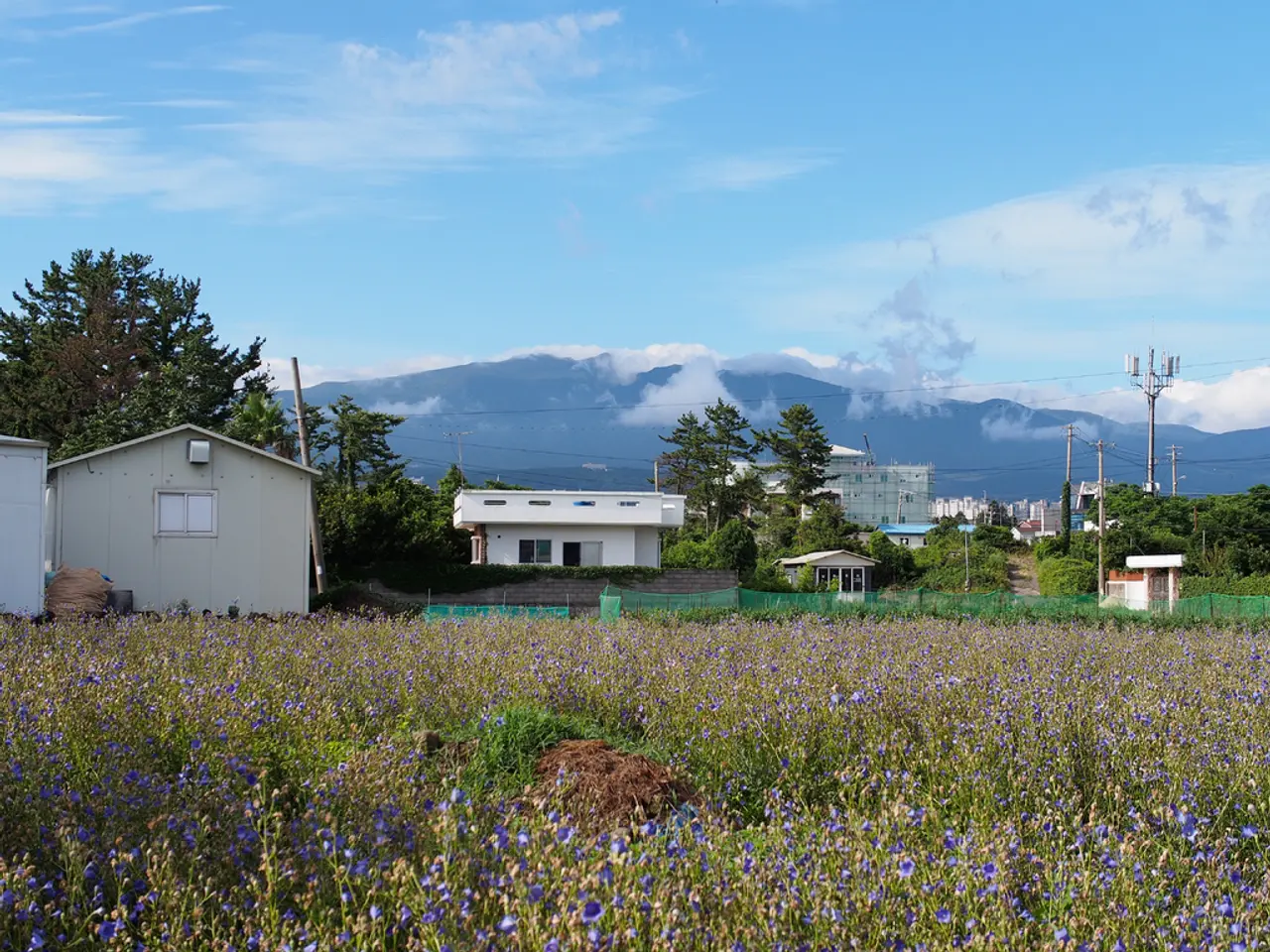Disputes over energy infrastructure projects, particularly natural gas pipelines and electrical transmission lines, are under consideration in New York
New York is pushing forward with its clean energy goals, aiming to have all electricity come from clean and renewable sources by 2040. However, the future of one key project, the Clean Path transmission line from Delaware County upstate to New York City, remains uncertain.
The Clean Path project, originally finalized for construction at the same time as the Champlain Hudson Power Express (CHPE), was meant to come online by 2027. However, last month, the Public Service Commission rejected the New York Power Authority's bid to designate the Clean Path project as a "priority project." This decision has left the Clean Path project in a state of limbo.
In contrast, the CHPE project, spanning from Quebec to Queens, is nearing completion and is expected to be operational by next year. Once operational, the CHPE transmission line, which will be the longest entirely underground or underwater transmission line in the United States, stretching 339 miles, is expected to help the state reach its clean energy goals, with an upcoming target of renewable sources providing 70% of New York's electricity by 2030.
The construction of electric transmission lines is a crucial issue in New York's energy future. Meeting the clean energy targets of the 2019 Climate Leadership and Community Protection Act requires building electric transmission lines. The state's power grid needs updates and improvements to handle the increased demand and distribute energy efficiently.
The CHPE project, if completed, will carry significant amounts of hydroelectric power to New York City, while the Clean Path project, if completed, is seen as crucial by climate activists for meeting the state's clean energy goals. The construction of electric transmission lines is necessary to get clean energy from production sites to communities.
The construction of electric transmission lines is a point of contention between climate activists and conservatives. While climate activists and many on the left champion electric transmission lines to distribute clean energy, conservatives often raise concerns about the cost and potential environmental impact of these projects.
The private developer for the Clean Path project dropped out near the end of last year due to cost concerns. In an attempt to get construction underway, the New York Power Authority pitched taking over the Clean Path project from the private sector. However, the current planning status of the Clean Path Transmission Line project remains unclear, with no publicly available information in the provided search results.
The future of electric transmission lines in New York is influenced by federal politics. As the state looks to replace dirty power sources like gas and oil with clean energy, the support and funding from the federal government will play a crucial role in the success of these projects.
In conclusion, the Clean Path and CHPE projects are significant in New York's efforts to transition to clean energy. While the CHPE project is nearing completion, the future of the Clean Path project remains uncertain. As the state moves towards its 2040 goal of 100% clean energy, the successful completion of both projects will be essential.
Read also:
- Peptide YY (PYY): Exploring its Role in Appetite Suppression, Intestinal Health, and Cognitive Links
- Toddler Health: Rotavirus Signs, Origins, and Potential Complications
- Digestive issues and heart discomfort: Root causes and associated health conditions
- House Infernos: Deadly Hazards Surpassing the Flames








